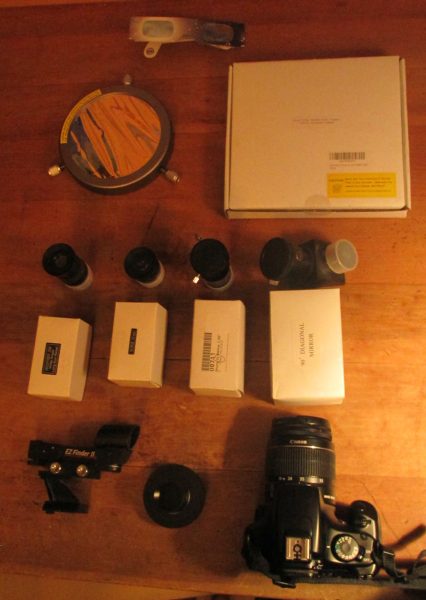Humans have been looking at the stars for centuries; naming them, navigating by them and wondering what is in the great heavens. Today, stargazing is a great way to relax and enjoy free time.

The stars can be enjoyed from anywhere on Earth, and the night sky looks different depending on where a person is. The night sky also shifts from sunset to sunrise as the Earth rotates. For instance, Jupiter will rise in the early evening sky, but it is gone from the sky in the early morning, and is no longer visible.
Here are a few notable things to look for in the evening sky at 40°N in the early November sky: the planet Jupiter will rise in the east and is at its brightest time of the year, the constellation Pegasus will be visible in the northeast in the early evening, and the moon will be near its southernmost declination. Spotting these events, along with looking for other constellations, can be a relaxing nighttime activity.
Getting equipment can also make stargazing more fun. Telescopes allow for the observation of smaller and dimmer objects, such as the moons of Jupiter. Another thing that can be done is taking pictures of the sky using long exposure timings and wide lenses. These shots can be impressive, but are limited to the camera’s ability.

One of the main issues amateur astronomers run into is the movement of the Earth. This problem is challenging to counteract because it requires the telescope to constantly correct for the Earth’s movement. This can be very expensive because servos must be attached to the telescope mount.
Nevertheless, it is rewarding to look up and marvel at the incredible vastness of the universe. Moreover, it does not require hundreds of dollars to enjoy the sky, just look up.




